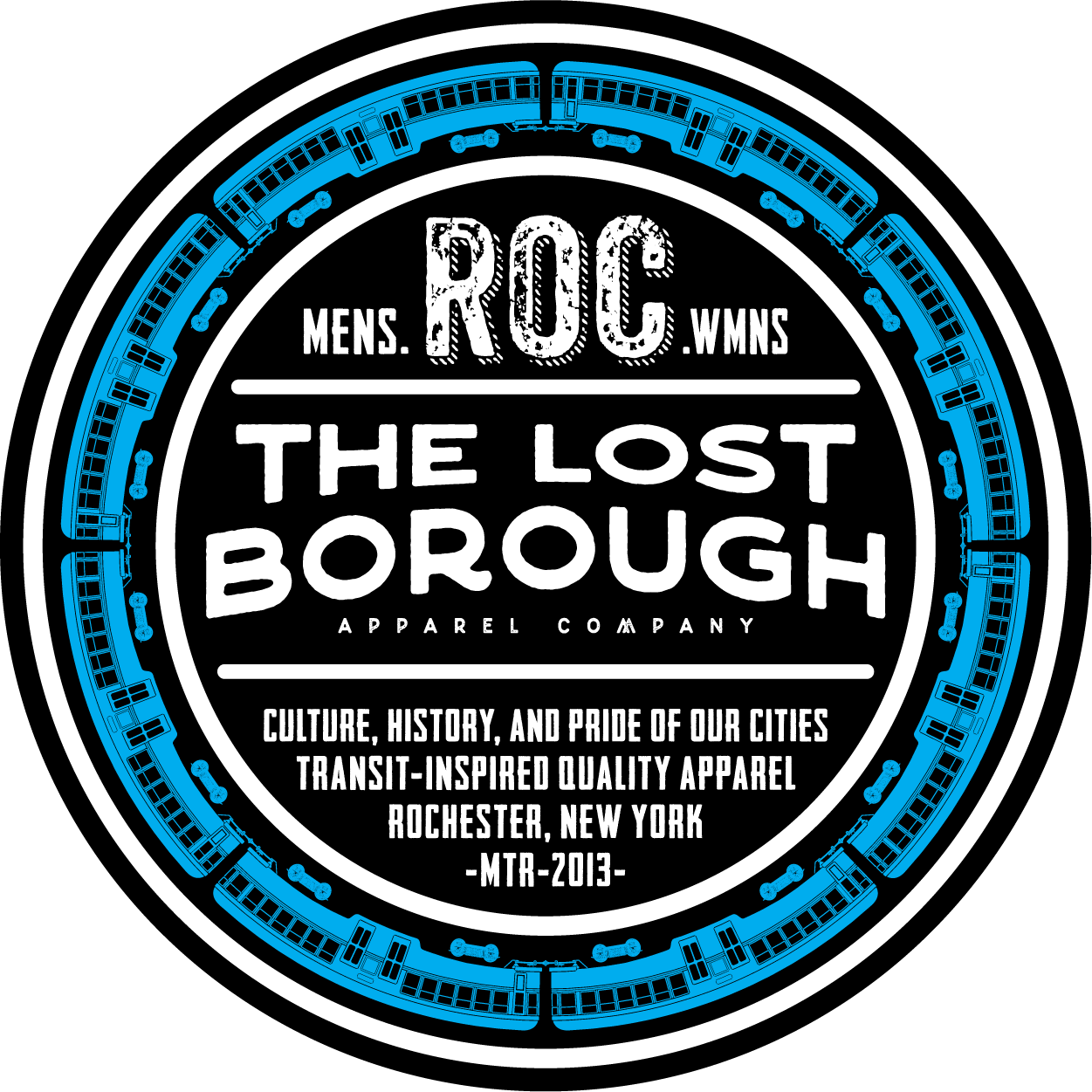Papa Hoodoo
Papa Hoodoo
What you may not know, is that present day East Avenue is the oldest street in Rochester. Based on a Seneca Nation trail, the path led to a sacred burial ground near the intersect with Main and Elm streets. This spot was also marked with a hoodoo, a raised stone structure used as a landmark.⠀
So what could go wrong with developing over a sacred Seneca burial ground? Enter Papa Hoodoo:
A personification and patron saint of all that is unlucky and cursed having happened at this sacred corner. He wears the relics of past instances and happenings, all significant to to the urban legend we have come to know. Can you guess them all? Allow me to enlighten you:
The single eagle feather tied to a bundle of small feathers is the traditional headdress of the Seneca Nation, previous inhabitants of the Genesee Valley.
The wedding bands represent Ebenezer "Indian" Allen, Rochester's first resident who also lived as a thief, polygamist, and murderer, and had a home near this corner.
The 1837 pistol and railroad spike represent Rochester's first murder, when Octavius Barron shot and killed William Lyman very near this corner as Lyman walked home from a local rail company.
The pitchfork, whisky jug, and skulls represent Rochester's first tavern, called the Farmers Inn & Tavern, which stood at this site. Known as rowdy, lawless, and an attractant to those who seek that vice, it was also known to be haunted by a "Noisy Ghost" and notorious for murders.
The railroad spike also represents a stop on the underground railroad that was at the house across the street from this corner.
The builders square on the pitchfork is one half of the Freemason's insignia–a secret society, of which Rochesterian William Morgan had just published their secrets, before being kidnapped and never seen again. His last known sighting? the Farmers Inn & Tavern.
The bear represents the death of Sam Patch, famed daredevil who met his end trying to jump from High Falls, after his pet bear successfully survived the fall. His death was blamed on a lack of religion and faith in the fledging Rochester community.
The cross represents the Second Awakening, mostly starting in Rochester, a renewed interest in the spiritual and religious disciplines that was founded by a few noteworthy Rochesterians.
The three fox tails and thimble represent these Rochesterians: the Fox Sisters (founders of modern Spiritualism), known for their seances, or communications with the dead, taking place around the Northeast, as well as near this corner.
The mojo bag, silver coin around his ankle, and tattered clothes represent traditional aspects of "Hoodoo." Not to be confused with the formal religion Voodou, Hoodoo was brought to the US from Western Africa by slaves as a form of folk medicine. Root doctors traveled the south providing bags of herbs/spice ("mojo bags") and other treatments (holding roots in your right hand, wearing a silver coin around your ankle) to ward off evil or sickness from the person in need. Fredrick Douglass spoke highly of such Hoodoo practitioners and even partook himself.
The heart and needle/thread stand for the founders of McCurdy's and B. Forman department stores respectively, where one's heart attack led to forming McCurdy's the other's humble beginnings as a seamster were never forgotten as his B. Forman stores grew. These stores would form the anchors of Midtown Plaza, first urban shopping mall in the country, and across the street from Hoodoo Corner.
Lastly, the heart also represents our lifeblood center of this city. Hoodoo Corner has served many roles, and currently lies at the center of an embroiled struggle for what to do with a golden opportunity we currently face: the undeveloped Parcel 5, the old home of Midtown Plaza.
What proves poetic in its irony is the current structure at the present site of Hoodoo Corner, the Liberty Pole. Traditionally erected during the Revolutionary War, it was a symbol of defiance, quite appropriate in all ways for an area as legendary as this.
Unisex Cut:
Shirt Color: Black Aqua
Shirt Type: 50/50 Poly-Cotton Athletic Fit T-Shirt



